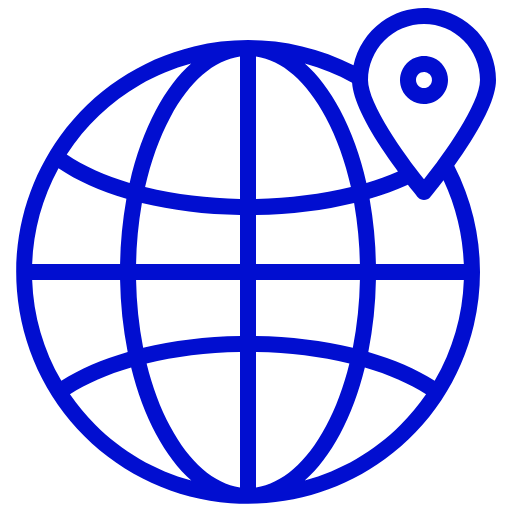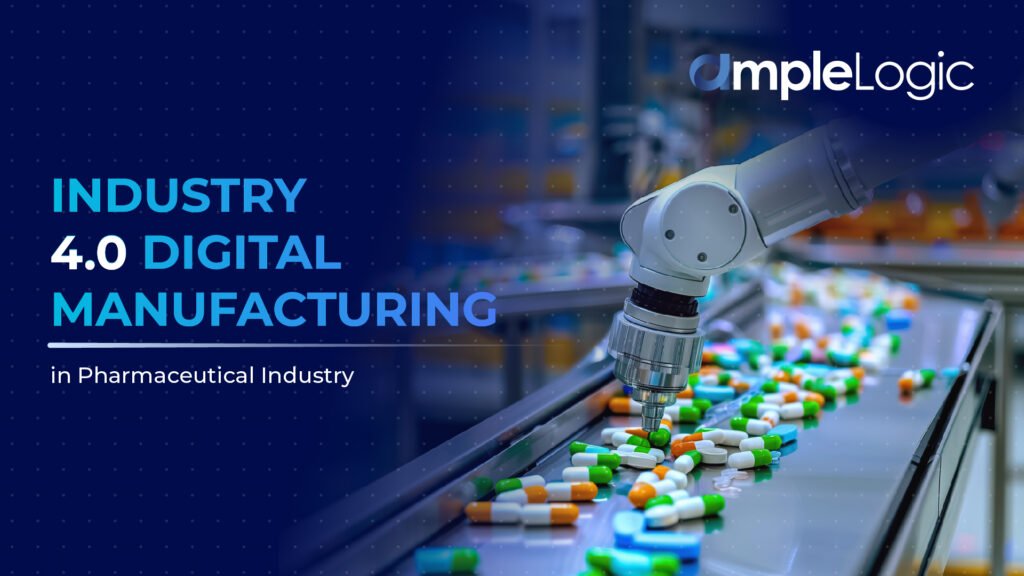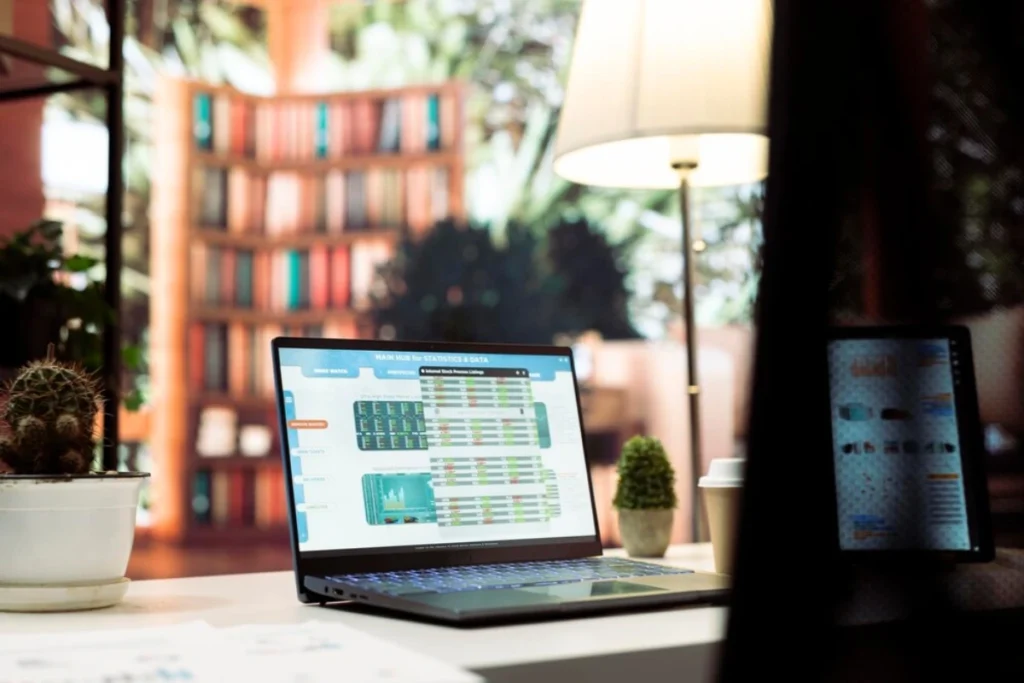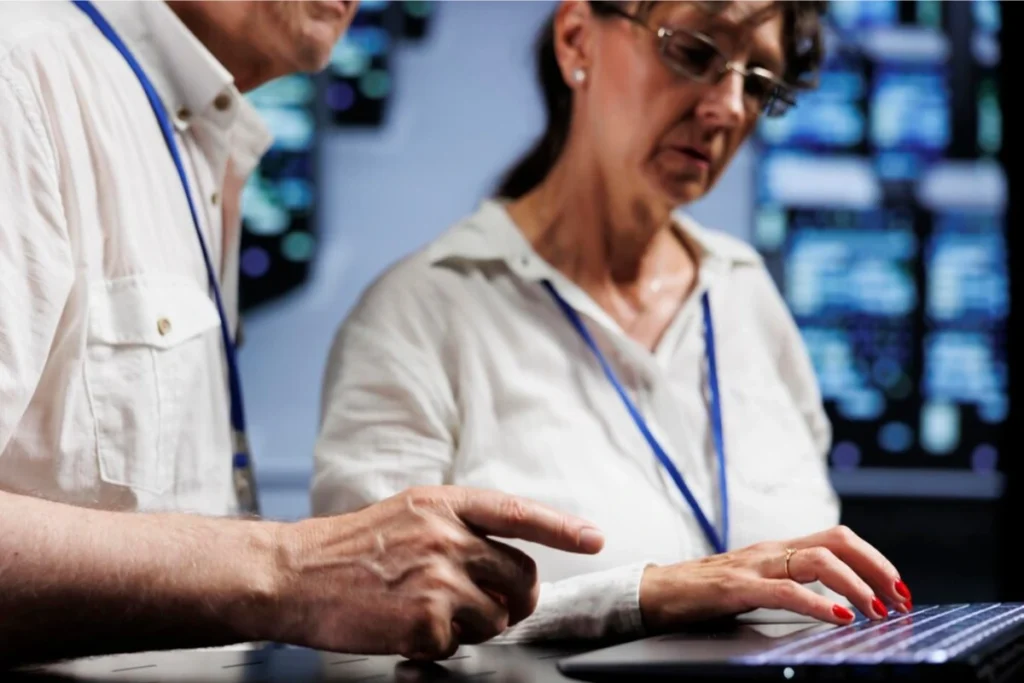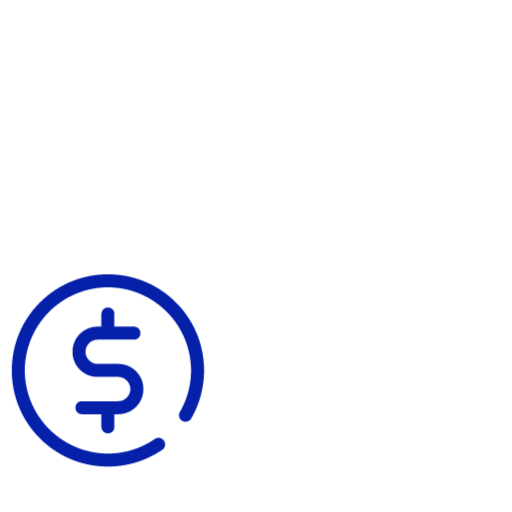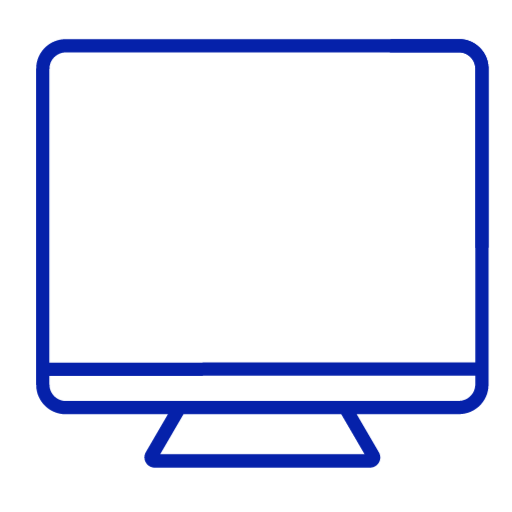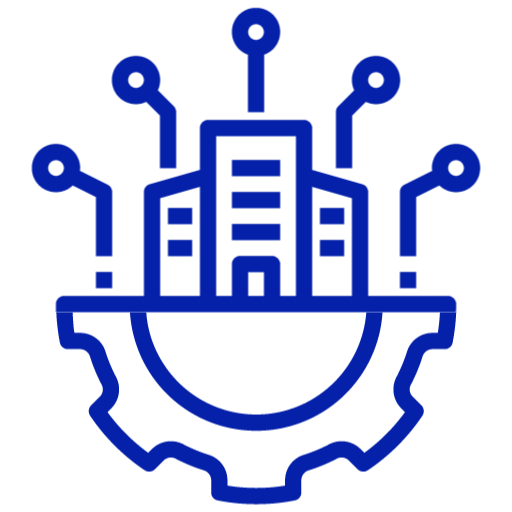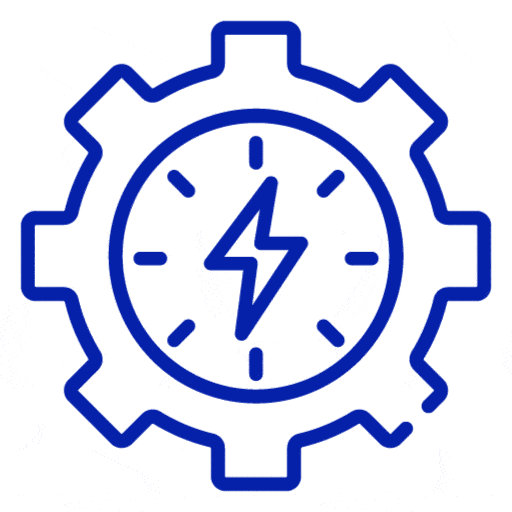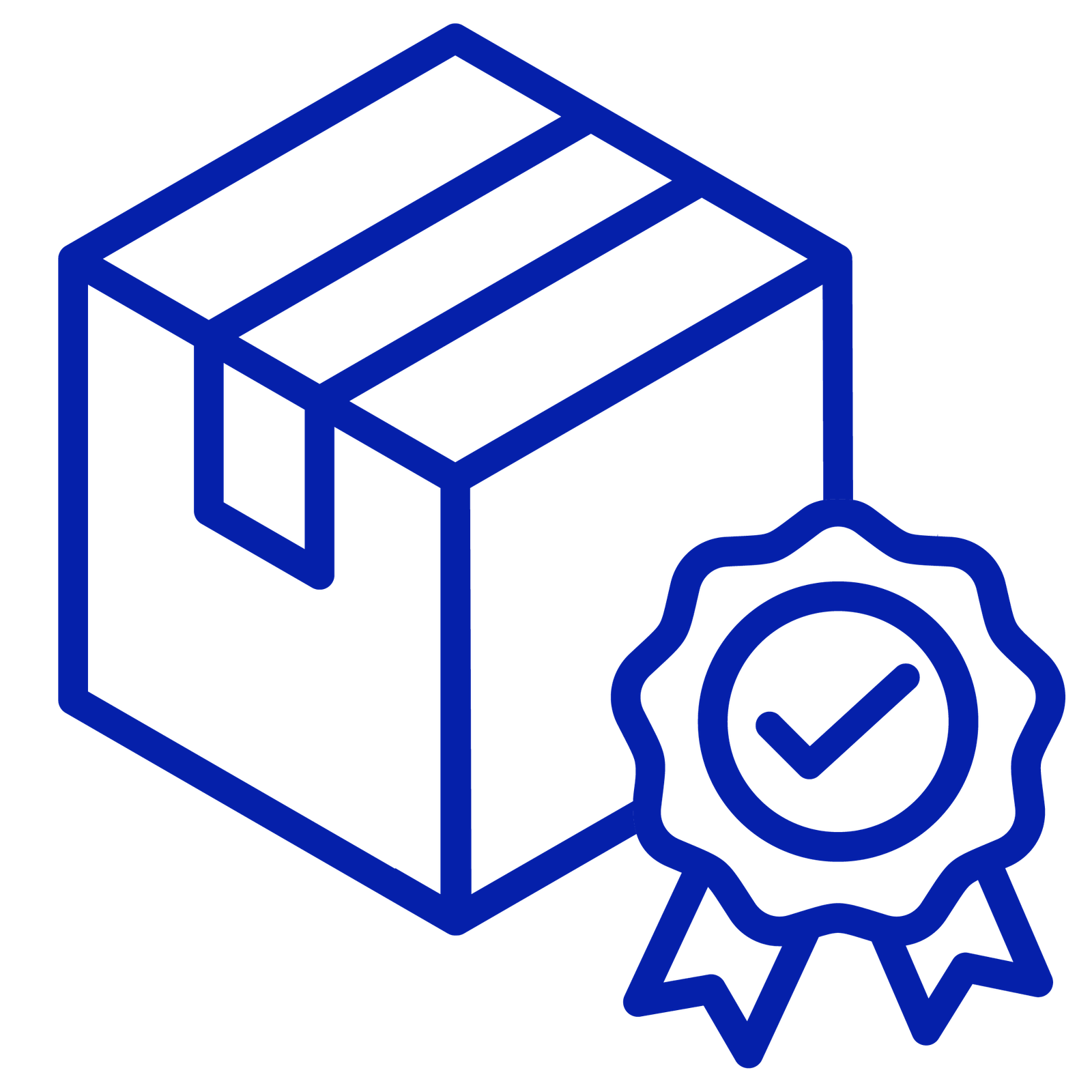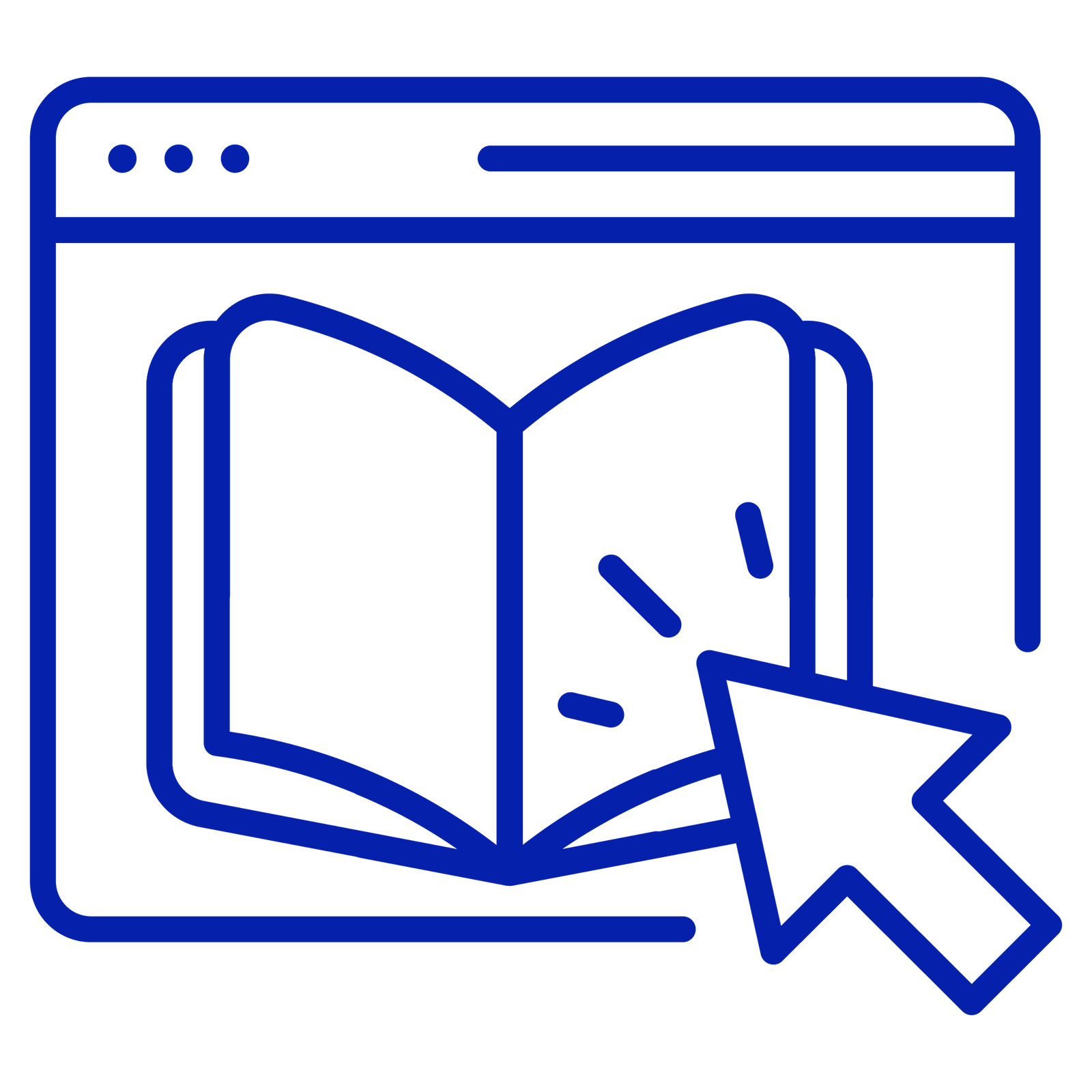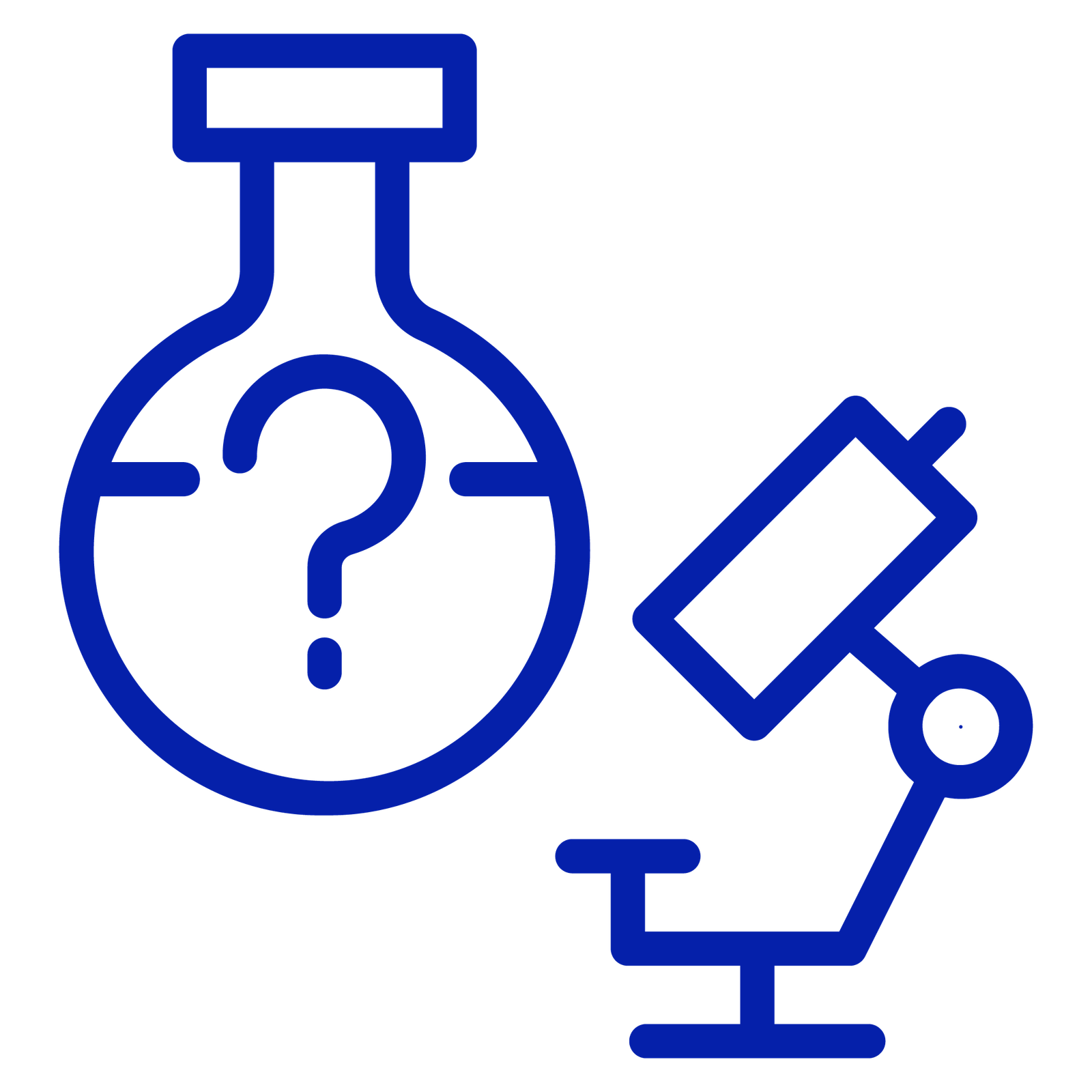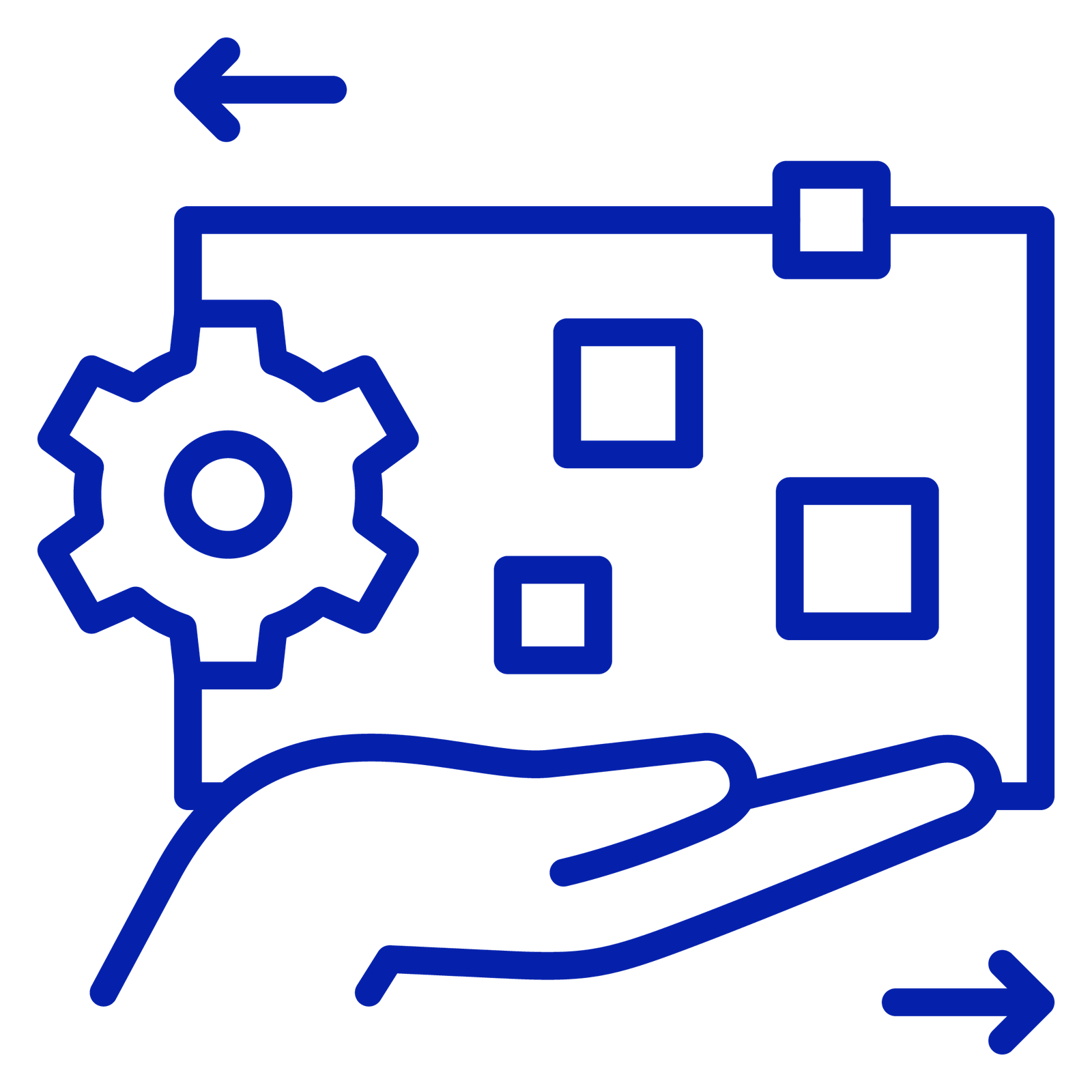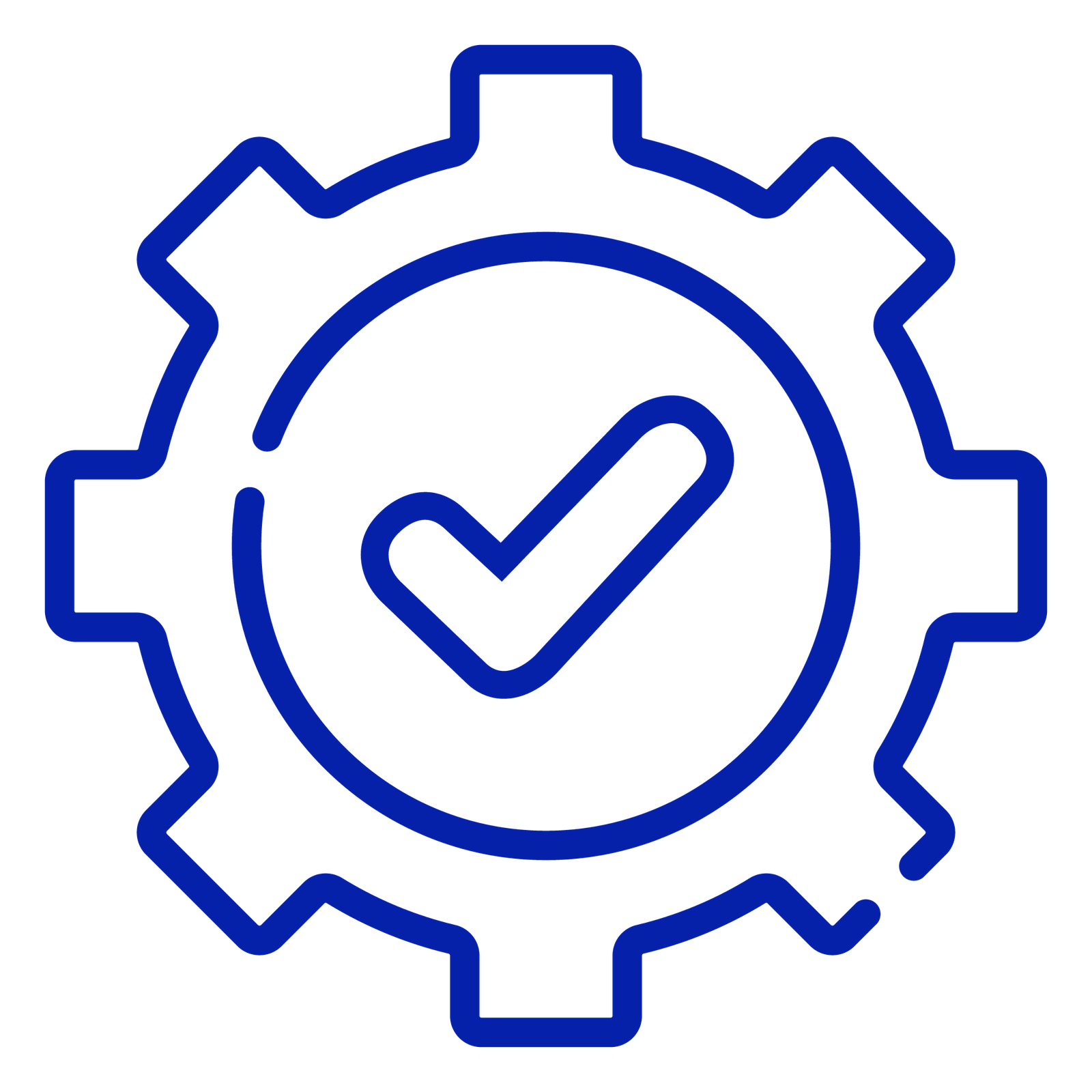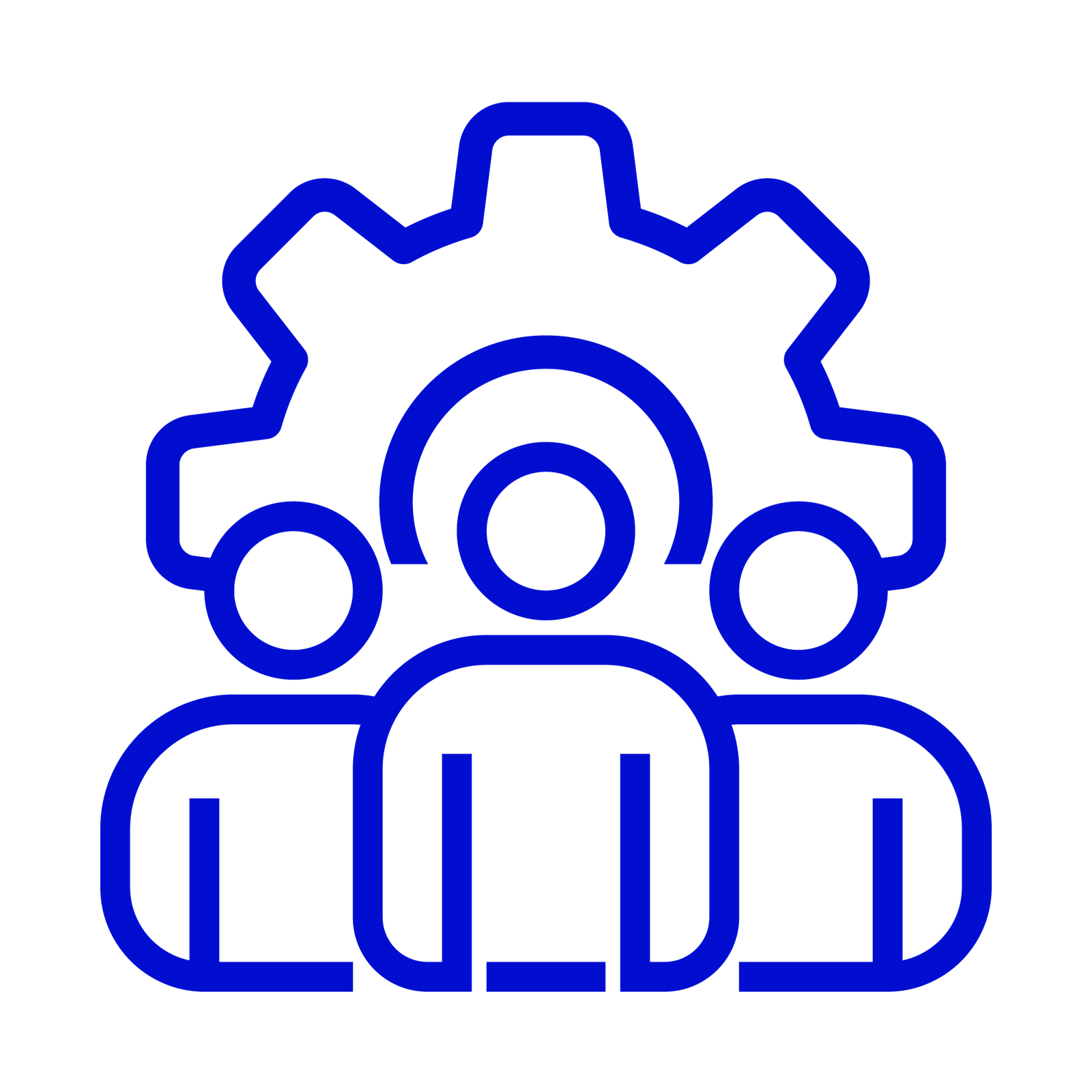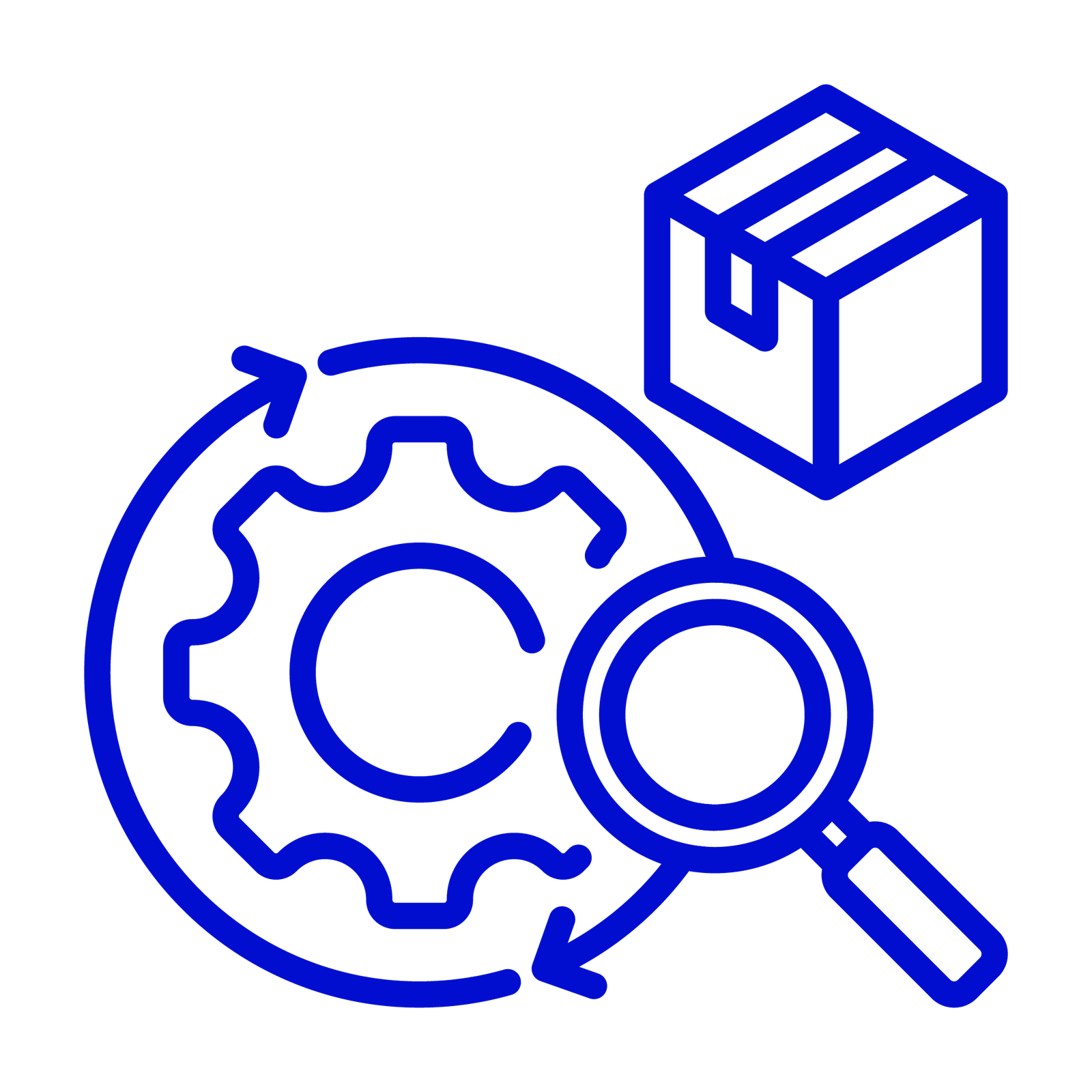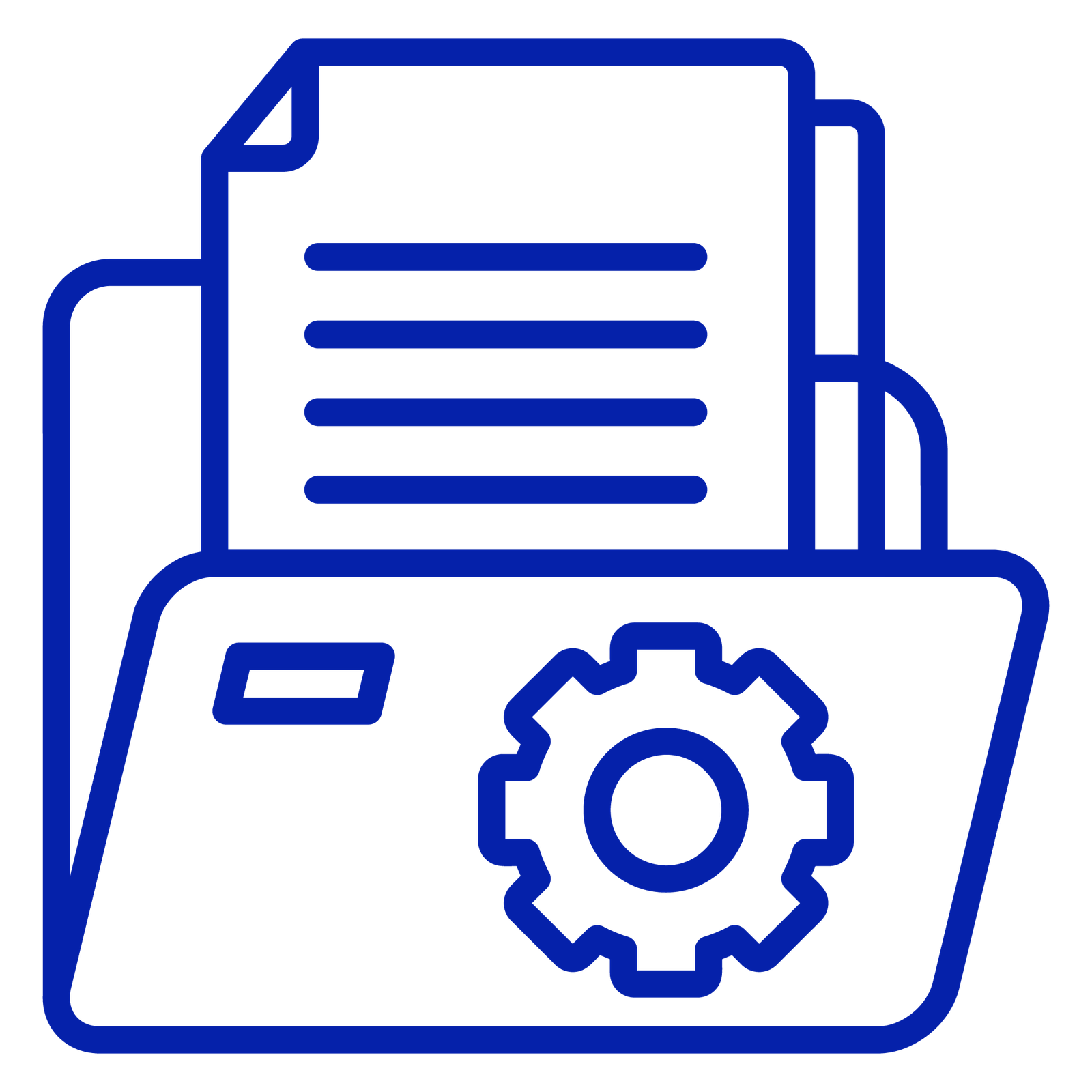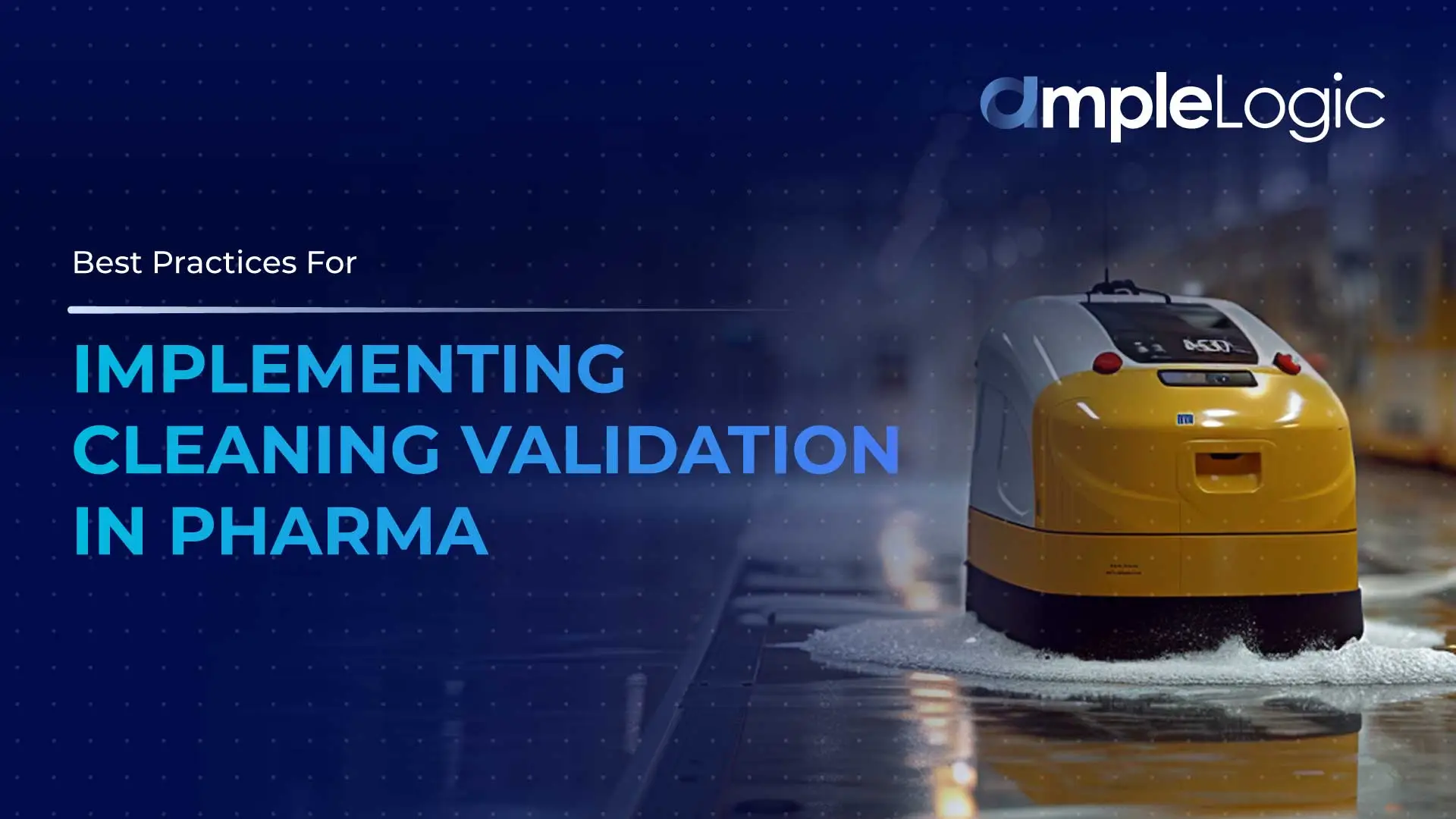
Implementing cleaning validation in the pharmaceutical industry is a critical process to ensure that manufacturing equipment is properly cleaned to avoid contamination, cross-contamination, and ensure product quality and safety. Regulatory bodies such as US FDA, EU EMA, PDA, WHO have proposed cleaning validation procedures that are to be followed by the pharmaceutical industry. These guidelines are to be mandatorily followed by companies. In order to ensure that pharmaceutical companies are adhering to these guidelines or standardised cleaning procedures, regulatory bodies demand cleaning validation reports. This serves as a testament for excellent quality of products.

Best Practices for Implementing Cleaning Validation in Pharma
Developing a Comprehensive Cleaning Validation Plan
To ensure effective cleaning validation, start by developing a comprehensive Cleaning Validation Plan through thorough risk assessments to identify critical cleaning processes, potential contaminants, and high-risk areas requiring stringent controls. Finally, establish scientifically justified acceptance criteria for residue limits, covering active pharmaceutical ingredients (APIs), cleaning agents, microbial contamination, elemental impurities and other potential contaminants.
Understanding the Equipment and Process
Begin by thoroughly mapping the equipment used in the manufacturing process, focusing on materials of construction, design, and areas where residues may accumulate. Additionally, identify worst-case scenarios for contamination, including the hardest-to-clean surfaces, the most difficult-to-remove substances, and the longest exposure times.
Selecting Cleaning Agents and Methods
Select appropriate cleaning agents that effectively remove residues while ensuring they are compatible with the equipment and safe for use. Validate the chosen cleaning methods, whether manual, automated, or CIP/SIP, to confirm they consistently achieve the required level of cleanliness.
Sampling and Analytical Methods
Utilize appropriate sampling techniques, including swab, rinse, or direct surface sampling, to effectively collect residue samples from equipment. Develop and validate analytical methods that are sensitive, specific, and reliable, ensuring they can detect and quantify trace levels of contaminants accurately.
Establishing a Cleaning Validation Lifecycle
Perform initial cleaning validation when setting up a new manufacturing process or introducing new equipment, products, or cleaning procedures. Establish a continuous monitoring program to ensure the ongoing effectiveness of cleaning methods, regularly reviewing data and updating procedures as needed. Revalidate cleaning procedures whenever changes in equipment, processes, or products could impact cleaning effectiveness.
Training and Documentation
To ensure effective cleaning operations, implement comprehensive training programs for all involved personnel, including operators, quality assurance, and maintenance staff. Develop clear and detailed Standard Operating Procedures (SOPs) for all cleaning processes, validation methods, and sampling techniques. Additionally, maintain meticulous documentation of all cleaning validation activities, including protocols, reports, analytical results, and records of any deviations or corrective actions taken.
Incorporating Regulatory Requirements
Ensure your cleaning validation process adheres to regulatory guidelines from bodies like the FDA and EMA. Maintain audit readiness by keeping all documentation and validation reports organized and accessible for regulatory inspections.
Cross-Contamination Control
To minimize the risk of cross-contamination, use dedicated equipment for different products whenever possible. Additionally, conduct cleaning verification to ensure that equipment has been thoroughly cleaned between product batches, especially when transitioning between different products.
Robust Change Control
Implement a strong change control process to evaluate the impact of any changes in equipment, cleaning agents, or procedures on cleaning validation. Additionally, assess whether these changes necessitate revalidation or additional validation studies to ensure ongoing effectiveness.
Continuous Improvement
To enhance cleaning validation, regularly review cleaning procedures and validation data to spot areas for optimization and improvement. Additionally, stay updated on industry trends, new technologies, and best practices to ensure your processes remain current and effective.

Incorporating Cleaning Validation Software to Automate Processes
Cleaning Validation is an elaborate process and needs hours of manual labour. With a dedicated software, cleaning validation processes can be easily streamlined, increasing efficiency and providing accuracy for improved product quality and regulatory compliance. The software makes data collection and analysis easier with integration with equipment and systems such as MES, LIMS, etc. Once the cleaning process is defined, the system collects data and provides alerts on any deviations. There is continuous monitoring of cleaning processes with user-based access. This ensures that processes are taken care by trained professionals and ensures improved product quality and compliance.
AmpleLogic Cleaning Validation Software
AmpleLogic’s advanced Cleaning Validation Software enables companies to make their cleaning processes efficient and accurate. AmpleLogic’s Cleaning Validation software is designed to manage and optimize the entire cleaning process. First, it enables users to outline and save master data for cleaning process design, including manufacturing details, utensils, cleaning agents, and procedures, in compliance with regulatory guidelines. Second, it evaluates cleaning process performance by generating essential reports, such as Worst-Case Reports and MACO calculations, ensuring adherence to contamination limits and efficiency standards.
Lastly, the software’s process scheduler streamlines continuous cleaning process monitoring, providing real-time alerts for deviations and requiring user input to maintain detailed and accurate efficiency reports. With seamless integration with equipment and other manufacturing systems, the solution ensures streamlined data collection and accurate analysis of the cleaning data. AL’s Cleaning Validation Software conforms with global regulations put forward by FDA, PDA, EMA, etc.
- Enter and map Master Data
- Generate MACO limits
- Generate Worst case reports
- Application auto-drafts protocols and approves them
- Interlock and notification on out-limit results
- Recommendation
- Data Visualization and Predictive Analysis
The software helps companies implement the best practices of pharma cleaning validation with thorough and continuous evaluation of cleaning processes. Generate template-based cleaning validation reports for regulatory submissions and schedule cleaning procedures for continued process validation (CPV). AmpleLogic’s Cleaning Validation Software offers seamless integration with MES, LIMS, APQR, DMS, QMS systems. They are also well integrated with pharma manufacturing equipment for ensuring proper cleaning with real time alerts for instant notifications on deviations.
Streamline your Cleaning Validation Process today with AmpleLogic! Schedule a Free Demo

